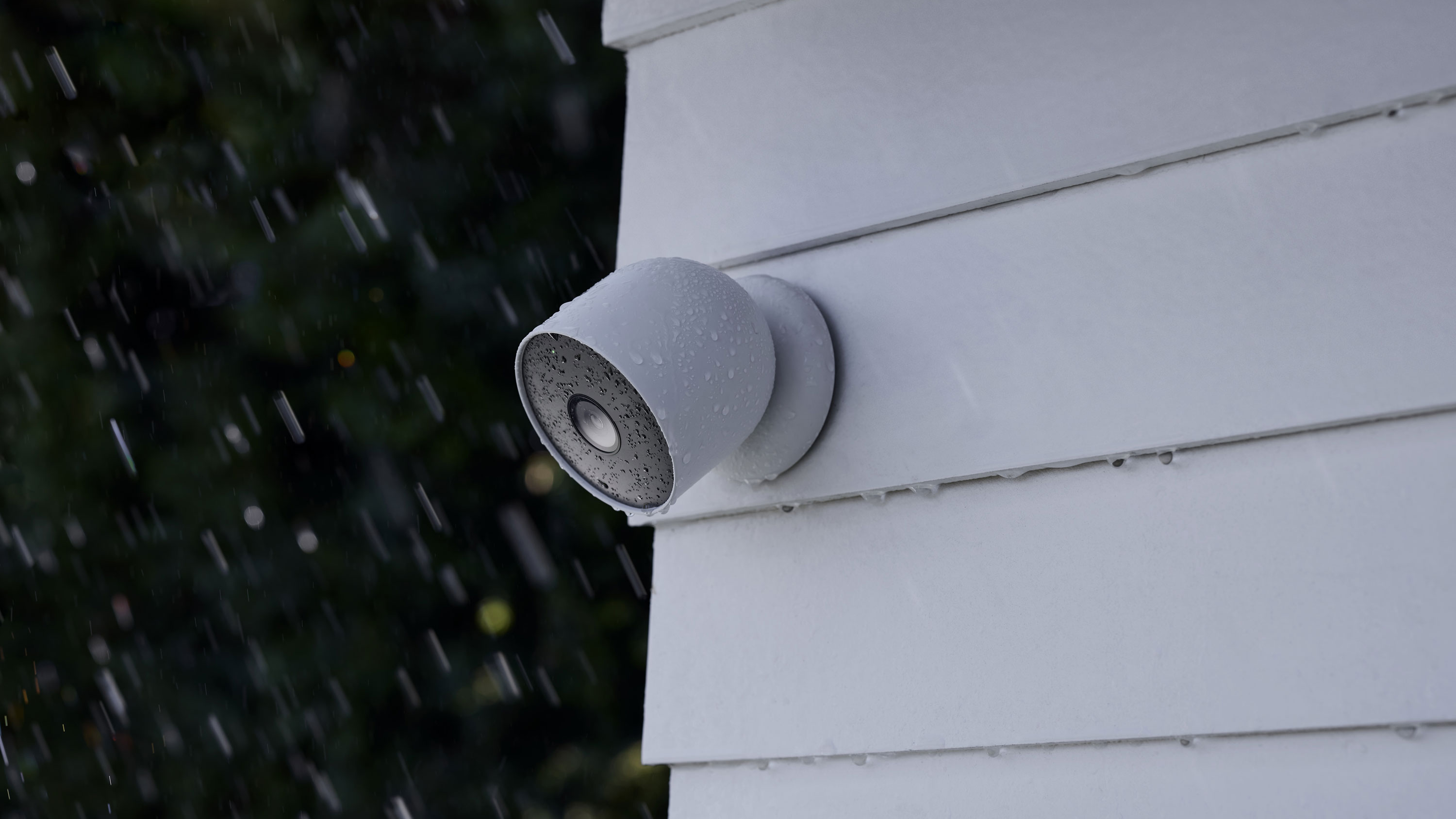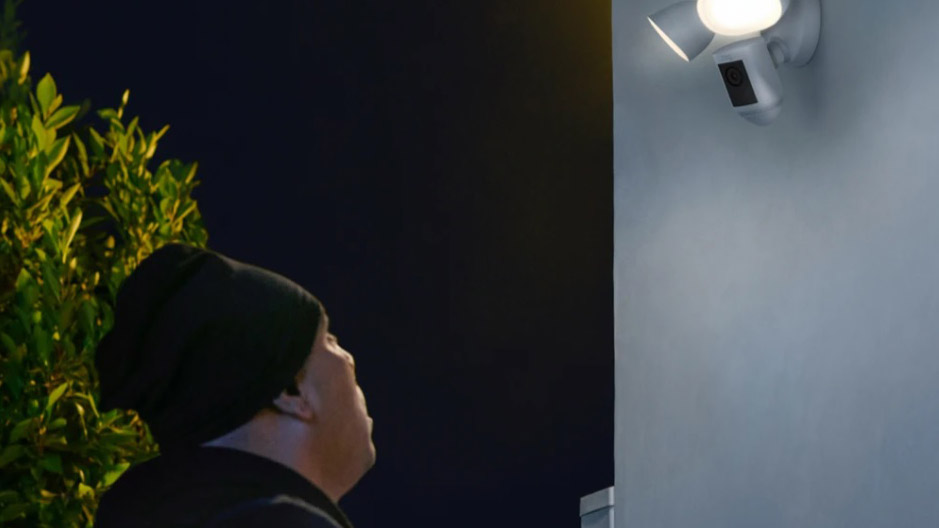Do home security cameras record all time?
Will you be caught on camera in your own home?

Installing CCTV cameras at home used to be a rarity reserved for the wealthy. But now, a booming smart home industry has commoditized security and surveillance technology, putting cameras into the hands of almost everyone.
Whether it’s a set of home security cameras on the exterior of your property, one of the best video doorbells on the front door, or a simple indoor camera for keeping an eye on the dog while you’re out, smart security cameras are affordable and plentiful. In fact, one in five US homes has a home security camera installed, according to security site Safety.com’s recent home protection survey.
However, not all home security cameras work in the same way. Some record constantly while others only store footage when motion is detected. Cameras that record constantly are ideal if you want peace of mind that ensures you can check what’s happened in your home at any point.
Know that you want a home security camera regardless of whether it continuously records or not, then check out these great deals for some of the best on the market.
So, do security cameras record all the time?
Some security cameras do have the ability to continuously record, but it comes at a price - in most cases this requires forking out for an extra subscription service while in others it means the camera will need to be mains-powered rather than used with a rechargeable battery, which may affect where you can install it.
Arlo is one of the biggest names in home security cameras and offers continuous recording on some of its models; including its top-of-the-range Arlo Ultra 2 and Arlo Ultra, the Arlo Pro 4, Arlo Pro 3, and Arlo Pro 2 as well as its entry-level Arlo Essential Indoor Camera, Spotlight Cam, but it comes at a cost.
You’ll need a Continuous Video Recording (CVR) subscription, which is priced at $9.99 / £6.99 / AU$12.99 per month for one camera for 14 days of recording, then $4.99/ £3.49 / AU$6.49 per month for each additional camera. This is a separate plan to Arlo Secure, which ensures footage captured when motion is detected is stored online so it can be reviewed at a later date, and costs from $2.99/ £2.79 / AU$4.49 a month for one camera or $9.99 / £8.99 / AU$14.99 for unlimited cameras.
Get daily insight, inspiration and deals in your inbox
Sign up for breaking news, reviews, opinion, top tech deals, and more.
While Arlo offers local storage through its base station, this is only for motion-triggered recordings and does not support CVR. Arlo’s home security cameras must be mains-powered for CVR to work too.
Google’s Nest range of home security cameras, such as the Google Nest Cam (battery) also benefits from continuous recording for those who want it. Nest cameras and the Nest Doorbell will alert users when they detect motion, and the footage can be viewed for up to three hours after it was detected at no extra cost.
However, you’ll need a $12 / £10 / AU$18 Nest Aware Plus subscription to enable continuous, 24/7 video recording, which is saved in the cloud for 10 days. In other words, you can view continuous footage that was recorded by your Nest cameras up to 10 days ago.
Eufy is another smart camera company that offers continuous recording. It isn’t a feature the company shouts about, and it’s one that is limited to wired cameras, like the Solo IndoorCam C24, but 24/7 video capture is possible when recording to an SD card. This means it’s one of the few home security camera brands that doesn’t require a subscription to enable continuous recording.
Finally, some security cameras from Reolink can also record continuously. This includes the Reolink C series and Reolink E series cameras, but does not include battery-powered cameras, as 24/7 recording would drain the battery far too quickly. Compatible Reolink cameras can be set to record continuously to an SD card.
PS: Checkout our list of the best DVR for CCTV
- How to use home security camera and will it replace a video doorbell?
- Find out which is the right home security camera for you in Ring vs Arlo
- We ask a former burglar: do smart security cameras really deter crime?

What about Ring?
Amazon-owned Ring is another big player in the home security camera market, but their products do not offer continuous recording. Instead, only a short video is recorded when motion is detected. The length of each recording can be set between 15 and 120 seconds, but longer recordings will reduce the battery life of Ring’s wireless products, like some of its video doorbells.
Ring, however, does offer a feature called Snapshot, which takes still images frequently throughout the day and adds them to motion-triggered video recordings to create a daily timeline. These can be snapped as often as every 10 seconds for wired cameras, or every 14 minutes for those that are battery-powered. The resolution is only 640 x 360, but this is a compromise as a higher resolution would use more battery life and quickly fill up a huge amount of storage.
Snapshot does requires a Ring Protect plan, which starts at £2.50 / $3 / AU$4 per camera per month. This also provides online storage for video recordings made by your Ring cameras and Video Doorbell range.ork.
Do I really need a camera that records all the time?
To conclude, while it isn’t a feature many companies make a big deal of, continuous recording is possible with a range of smart home security cameras, but is it one you need?
For most homeowners, continuous video recording isn’t necessary, and a home security camera that records when it detects motion (and, ideally, when it detects relevant motion, like an unknown person, not a cat or a bag blowing in the wind) will suffice. This makes iyt much easier to find what you are looking for in the camera’s timeline.
However, if you want a home security camera that acts in the same way as CCTV, or you want true peace of mind, then continuous video recording could be a wise investment.
- Check out the best cheap home security camera deals
Alistair Charlton is based in London and has worked as a freelance technology and automotive journalist for over a decade. A lifelong tech enthusiast, Alistair has written extensively about dash cams and robotic vacuum cleaners for TechRadar, among other products. As well as TechRadar, he also writes for Wired, T3, Forbes, The Independent, Digital Camera World and Grand Designs Magazine, among others.
